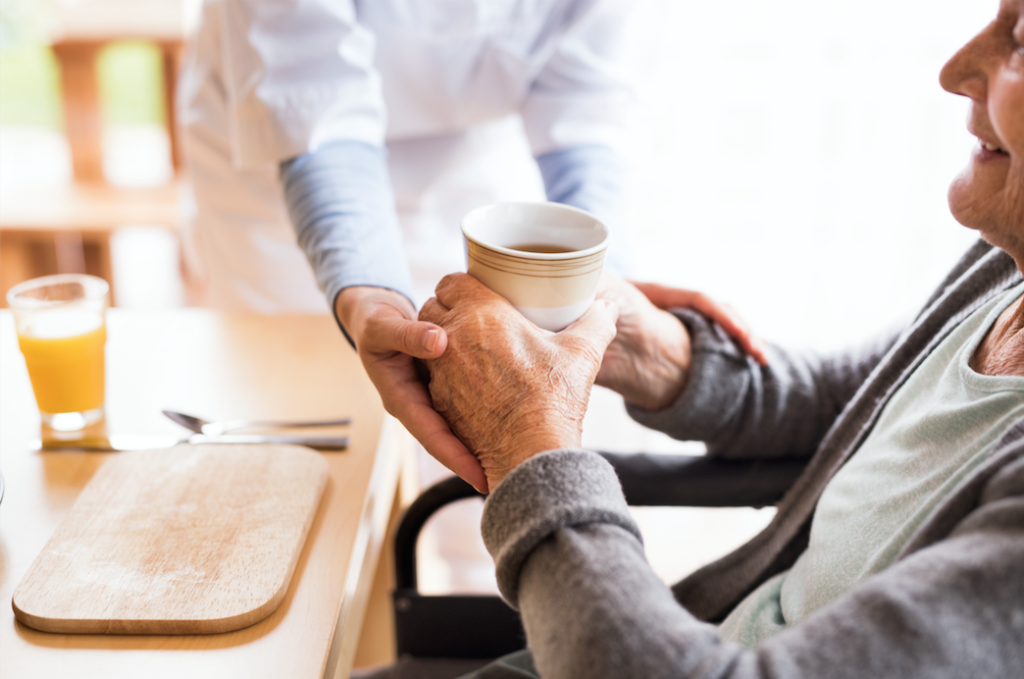Cases of type 2 diabetes are increasing dramatically worldwide. Although this disease develops silently and appears gradually, it can have serious long-term consequences. It is vital to understand its symptoms in order to prevent and treat it effectively.
An estimated 240 million adults worldwide are living with undiagnosed diabetes. This represents almost half of the total estimated number of cases.1
A lifestyle disease
Non-insulin-dependent diabetes
Type 2 diabetes (or non-insulin-dependent diabetes) is a chronic excess of glucose concentration in the blood, or hyperglycemia. This condition is due to poor secretion of insulin (a hormone that regulates blood sugar) by the pancreas and to insufficient effects of insulin on target organ cells (liver, muscles, fatty tissues) – known as insulin resistance.
A silent disease
Most of the time, chronic hyperglycemia is asymptomatic. This is why not all diabetics are diagnosed. Diabetes is diagnosed either through a routine blood test, or when complications appear, which makes them all the more serious.
Combat diabetes with changes in lifestyle
Measures to improve lifestyle quality may be sufficient to regulate type 2 diabetes. Losing weight if necessary, exercising, and adopting a healthy diet are part of standard treatment. This includes, for example, limiting intake of sugary, salty, or fatty foods; choosing fresh fruit and vegetables, eating more fish.

In case of failure to reach glycemic target, oral or injectable antidiabetic drugs may also be prescribed. There are several. Each one has different mechanisms of action and can be administered alone or in combination. Adopting a healthy lifestyle increases their effectiveness.
Living well with your diabetes
Books and information have been published to share “tips and tricks” to live better with type 2 diabetes. From healthy gourmet recipes to advice on the best sports for patients with diabetes, we now have an abundance of information at our fingertips. This is a great help for people who need to change their lifestyle. In addition, therapeutic patient education has been proven to improve the quality of life of diabetic patients.

AND SERVIER?
We are committed to treating type 2 diabetes, and have launched several initiatives to help improve patient care and quality life.
Since 2020, through our global awareness campaign #ACTNOWFORDIABETES, we inform and raise awareness on the importance of early diagnosis of type 2 diabetes and treatment adherence. Our partner, the International Diabetes Federation (IDF), whose mission is to prevent diabetes in people at risk and improve the lives of those living with the disease, offers a wealth of information on their website https://worlddiabetesday.org/.
Testimonials, awareness-raising and screening campaigns… all aimed at raising public awareness and improving the lives of people living with diabetes.
REMEMBER
[1] Diabetes Atlas IDF 10TH Edition 2021/ https://diabetesatlas.org/atlas/tenth-edition/
[2] Systematic analysis for the Global Burden of Disease Study: https://doi.org/10.1016/ S0140-6736(23)01301-6
Emerging Risk Factors Collaboration / https://pubmed.ncbi.nlm.nih.gov/37356446/
[3] OMS, octobre 2024 / https://www.who.int/fr/news-room/fact-sheets/detail/diabetes
[4] European Heart Journal (2023) 00, 1-16 /https://www.escardio.org/Journals/ESC-Journal-Family/European-Heart-Journal

